Home>Gardening & Outdoor>Plant Care & Gardening Tips>How Long Does Wildflower Scented Oil Last
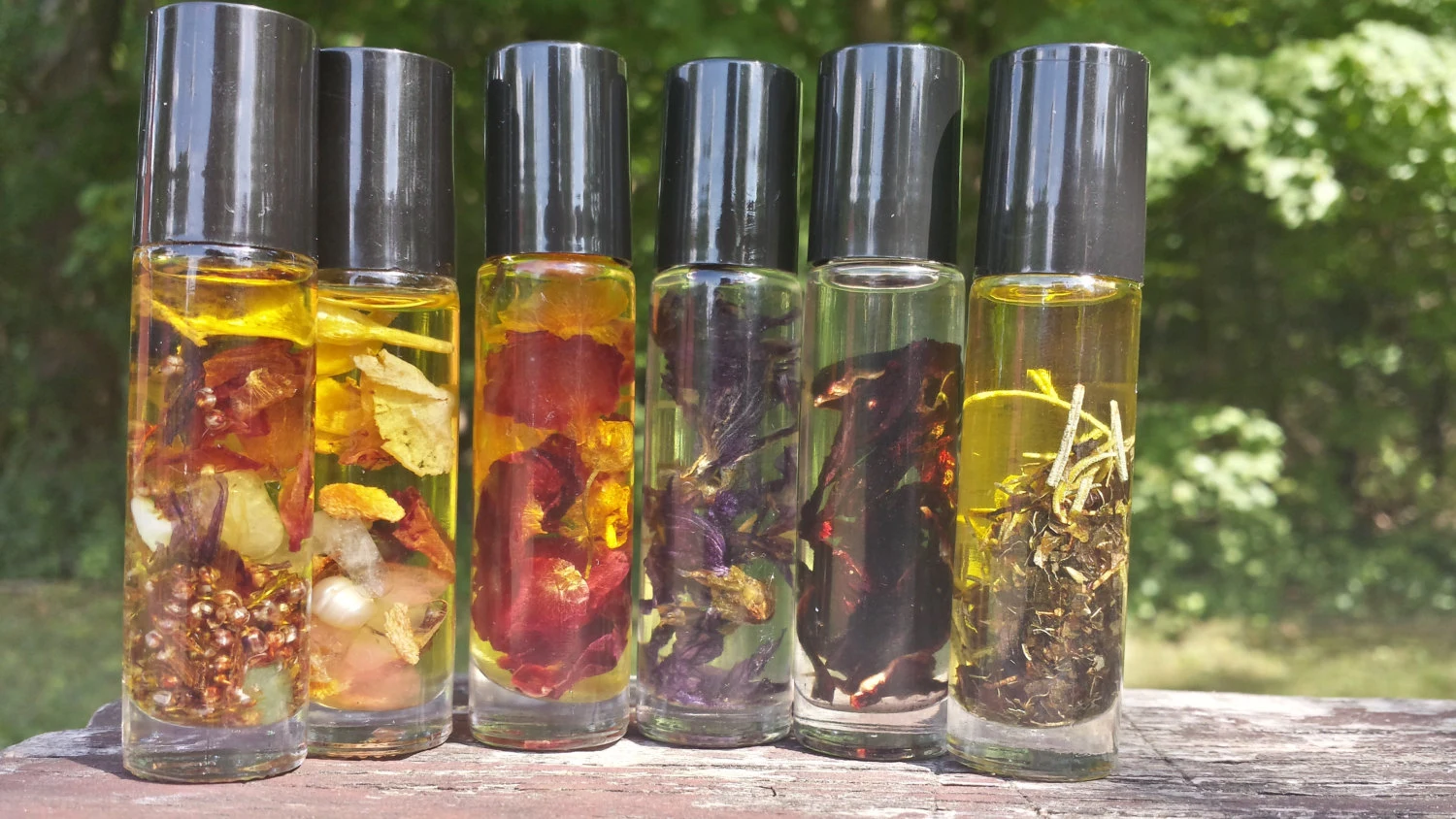

Plant Care & Gardening Tips
How Long Does Wildflower Scented Oil Last
Published: December 24, 2023
Discover how long wildflower scented oil lasts with expert plant care and gardening tips. Learn how to make the most of your scented oil for a lasting fragrance.
(Many of the links in this article redirect to a specific reviewed product. Your purchase of these products through affiliate links helps to generate commission for Storables.com, at no extra cost. Learn more)
**
Introduction
**
Wildflower scented oil is a delightful and versatile product that can bring the invigorating and soothing scents of nature into your home. Whether used for aromatherapy, massage, or simply to create a calming ambiance, wildflower scented oil offers a myriad of benefits. However, one common query that arises among enthusiasts of this aromatic oil is its longevity. How long does wildflower scented oil last? Understanding the factors that influence its shelf life, proper storage methods, signs of spoilage, and ways to extend its usability can help you make the most of this enchanting product. In this comprehensive guide, we will delve into these aspects to equip you with the knowledge needed to ensure the longevity of your wildflower scented oil.
Key Takeaways:
- Preserve the captivating scent of wildflower scented oil by storing it in dark glass bottles, minimizing air exposure, and avoiding moisture to extend its shelf life.
- Recognize spoilage signs like altered aroma and texture changes to ensure the wildflower scented oil remains potent and effective for aromatherapy and massage.
Read more: How Long Does An Oil Lamp Last
Factors Affecting the Longevity of Wildflower Scented Oil
The longevity of wildflower scented oil is influenced by several key factors. Understanding these elements can help you gauge the expected shelf life of the oil and take appropriate measures to prolong its usability.
- Quality of Ingredients: The quality of the raw materials used to create the scented oil plays a significant role in determining its longevity. High-quality, natural ingredients are likely to contribute to a longer shelf life compared to oils containing synthetic additives or diluents.
- Exposure to Light: Wildflower scented oil should be stored in amber or dark-colored glass bottles to shield it from direct sunlight. Exposure to light can degrade the oil and diminish its aromatic properties over time.
- Temperature: Fluctuations in temperature can impact the stability of the oil. It is advisable to store wildflower scented oil in a cool, dry place away from heat sources to prevent deterioration.
- Oxygen Exposure: Contact with air can lead to oxidation, which may compromise the quality of the oil. Proper sealing of the bottle after each use can help minimize oxygen exposure and prolong the oil’s shelf life.
- Humidity: High levels of humidity can promote the growth of mold and bacteria, potentially causing spoilage of the scented oil. Storing the oil in a dry environment can mitigate this risk.
By being mindful of these factors, you can take proactive steps to preserve the integrity of your wildflower scented oil and enjoy its captivating fragrance for an extended period.
Storage Methods for Wildflower Scented Oil
Proper storage is paramount to maintaining the potency and fragrance of wildflower scented oil. Implementing the following storage methods can help safeguard the oil from deteriorating prematurely:
- Dark Glass Bottles: Transfer the wildflower scented oil into dark glass bottles, such as amber or cobalt blue, to shield it from light exposure. Clear or transparent containers can allow light to permeate, potentially compromising the oil’s quality.
- Cool, Dark Environment: Store the sealed bottles of scented oil in a cool, dark place, away from direct sunlight and heat sources. A pantry or a cupboard in a consistently cool area of your home can serve as an ideal storage spot.
- Avoiding Temperature Extremes: Fluctuations in temperature can expedite the degradation of the oil. It is advisable to refrain from storing the oil in areas prone to extreme temperature variations, such as near stoves, radiators, or windows.
- Airtight Seals: Ensure that the bottles are tightly sealed after each use to minimize exposure to air, which can lead to oxidation and compromise the oil’s aroma.
- Refrigeration: While not mandatory, refrigeration can be beneficial, especially in warmer climates. However, it is important to note that refrigerated oil may solidify, so allowing it to return to room temperature before use is recommended.
Adhering to these storage practices can help prolong the shelf life of wildflower scented oil, allowing you to savor its captivating aroma and reap its therapeutic benefits for an extended duration.
Store wildflower scented oil in a cool, dark place to extend its shelf life. Proper storage can help it last for up to 1-2 years.
Signs of Spoilage in Wildflower Scented Oil
Recognizing the signs of spoilage in wildflower scented oil is crucial for ensuring its safe and effective use. While this oil does not typically harbor harmful microorganisms, it can degrade over time, leading to a loss of fragrance and potential changes in its composition. Here are some indicators of spoilage to watch for:
- Altered Aroma: The most apparent sign of spoilage is a noticeable change in the oil’s aroma. If the once-vibrant wildflower scent becomes dull, musty, or rancid, it may indicate that the oil has degraded.
- Appearance Changes: Inspect the oil for any unusual changes in color or clarity. If you observe discoloration, cloudiness, or the presence of sediment, it could signify spoilage.
- Unpleasant Texture: Spoiled oil may develop an unpleasant or sticky texture, deviating from its original smooth consistency.
- Diminished Therapeutic Effects: Over time, the therapeutic properties of the oil may diminish as a result of degradation, leading to a reduction in its effectiveness for aromatherapy or massage purposes.
It is important to note that while these signs indicate potential spoilage, they do not necessarily imply that the oil has become harmful. However, using degraded oil may yield unsatisfactory results and fail to deliver the intended aromatic and therapeutic benefits.
By promptly recognizing these signs, you can make informed decisions regarding the continued use of the oil and take measures to extend its longevity through proper storage and handling.
Extending the Shelf Life of Wildflower Scented Oil
While wildflower scented oil possesses natural preservative properties, proactive measures can be taken to extend its shelf life and maintain its optimal quality over time. By implementing the following strategies, you can maximize the longevity of this aromatic oil:
- Refrigerated Storage: Storing wildflower scented oil in the refrigerator can help mitigate the impact of temperature fluctuations, especially in warmer climates. However, it is essential to allow the oil to return to room temperature before use, as refrigeration may cause it to solidify.
- Minimal Air Exposure: Minimize the oil’s exposure to air by promptly sealing the bottle after each use. This can help prevent oxidation, which can compromise the oil’s fragrance and therapeutic properties.
- Quality Containers: Transfer the oil into high-quality, airtight glass bottles to shield it from light and air. Opt for dark-colored glass containers to provide additional protection against light exposure.
- Avoiding Moisture: Ensure that the storage area is dry and free from excess humidity, as moisture can promote the growth of mold and hasten the oil’s degradation.
- Regular Inspection: Periodically inspect the oil for any changes in aroma, color, or texture. Promptly addressing any signs of spoilage can help prevent further deterioration and maintain the oil’s quality.
By adhering to these practices, you can prolong the shelf life of wildflower scented oil, preserving its captivating fragrance and therapeutic efficacy for an extended duration. Additionally, purchasing the oil in smaller quantities that align with your intended usage can help minimize the risk of prolonged storage, ensuring that you consistently experience the oil at its peak.
Read more: What Does Wildflower Scent Smell Like
Conclusion
Wildflower scented oil, with its enchanting fragrance and diverse applications, is a cherished addition to many households. Understanding the factors that influence its longevity, implementing proper storage methods, and recognizing signs of spoilage are essential for ensuring that this aromatic oil remains potent and effective over time.
By prioritizing the use of high-quality ingredients, shielding the oil from light and air, and maintaining a suitable storage environment, you can extend the shelf life of wildflower scented oil, allowing you to continue enjoying its therapeutic and aromatic benefits for an extended period.
Whether utilized for aromatherapy, massage, or simply to create an inviting ambiance, wildflower scented oil has the potential to enrich your daily life. By incorporating the recommended practices outlined in this guide, you can savor the captivating essence of wildflowers while maximizing the longevity of this cherished aromatic oil.
Embracing these measures not only preserves the integrity of the oil but also ensures that each experience with wildflower scented oil is as delightful and invigorating as the first. With a mindful approach to storage and upkeep, you can relish the enchanting aroma of wildflowers and harness the therapeutic properties of this exquisite oil for an extended duration.
Frequently Asked Questions about How Long Does Wildflower Scented Oil Last
Was this page helpful?
At Storables.com, we guarantee accurate and reliable information. Our content, validated by Expert Board Contributors, is crafted following stringent Editorial Policies. We're committed to providing you with well-researched, expert-backed insights for all your informational needs.
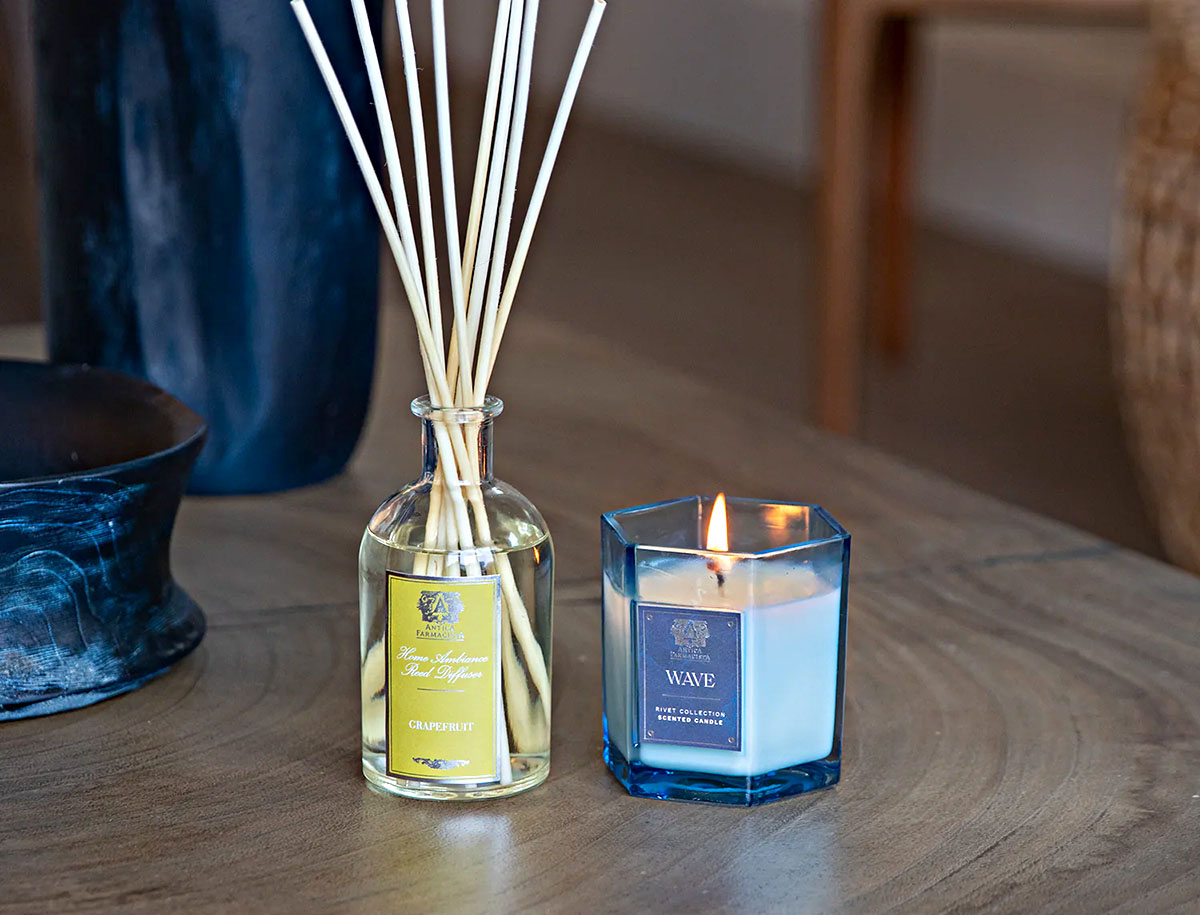
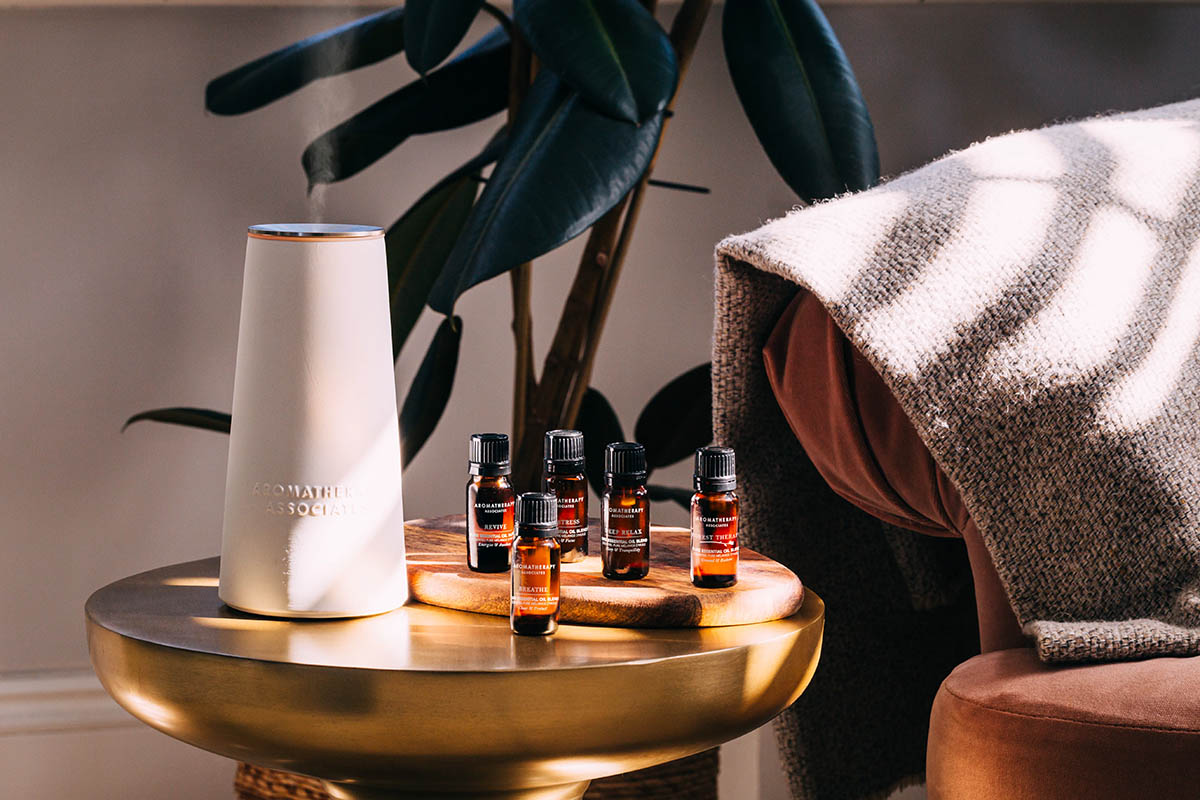
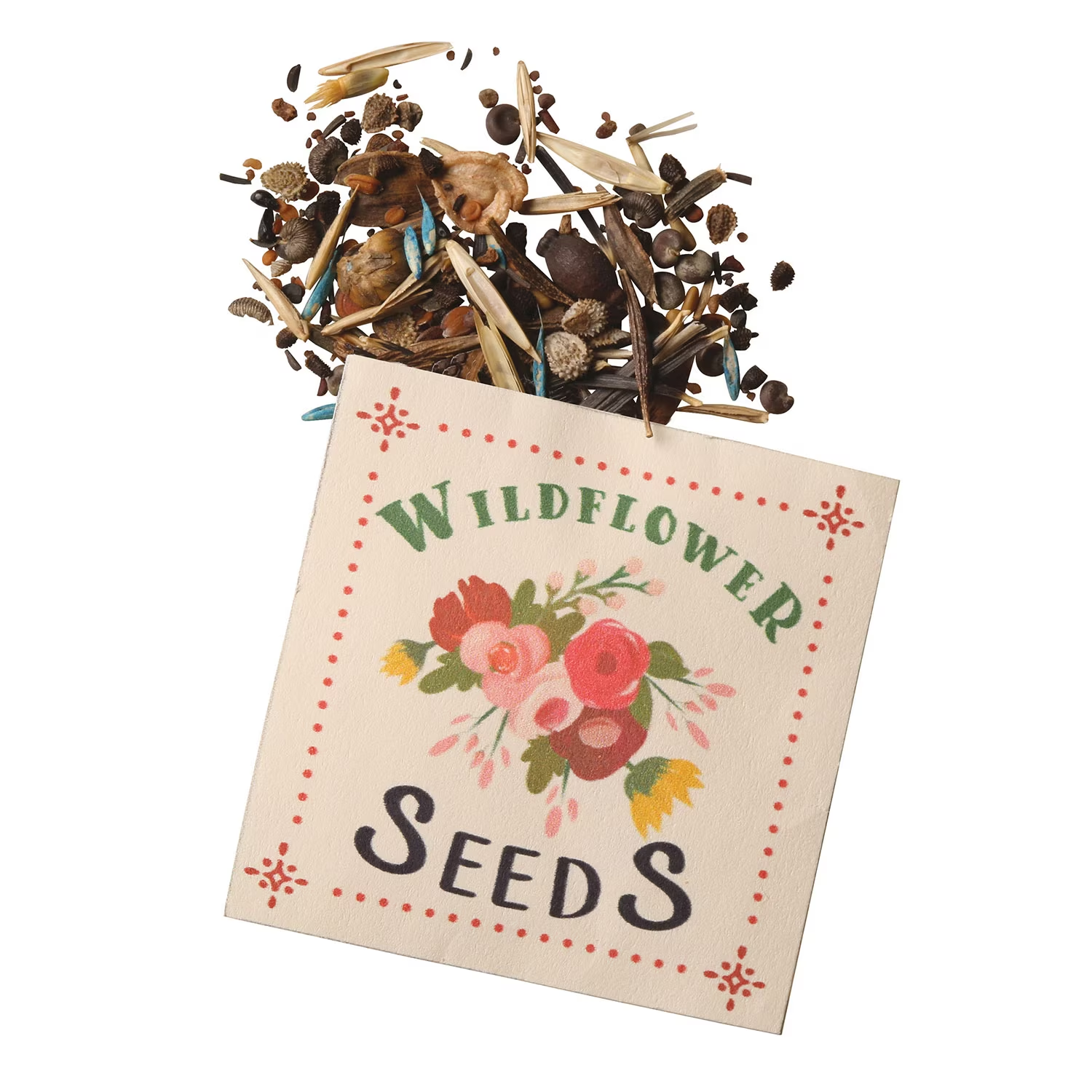
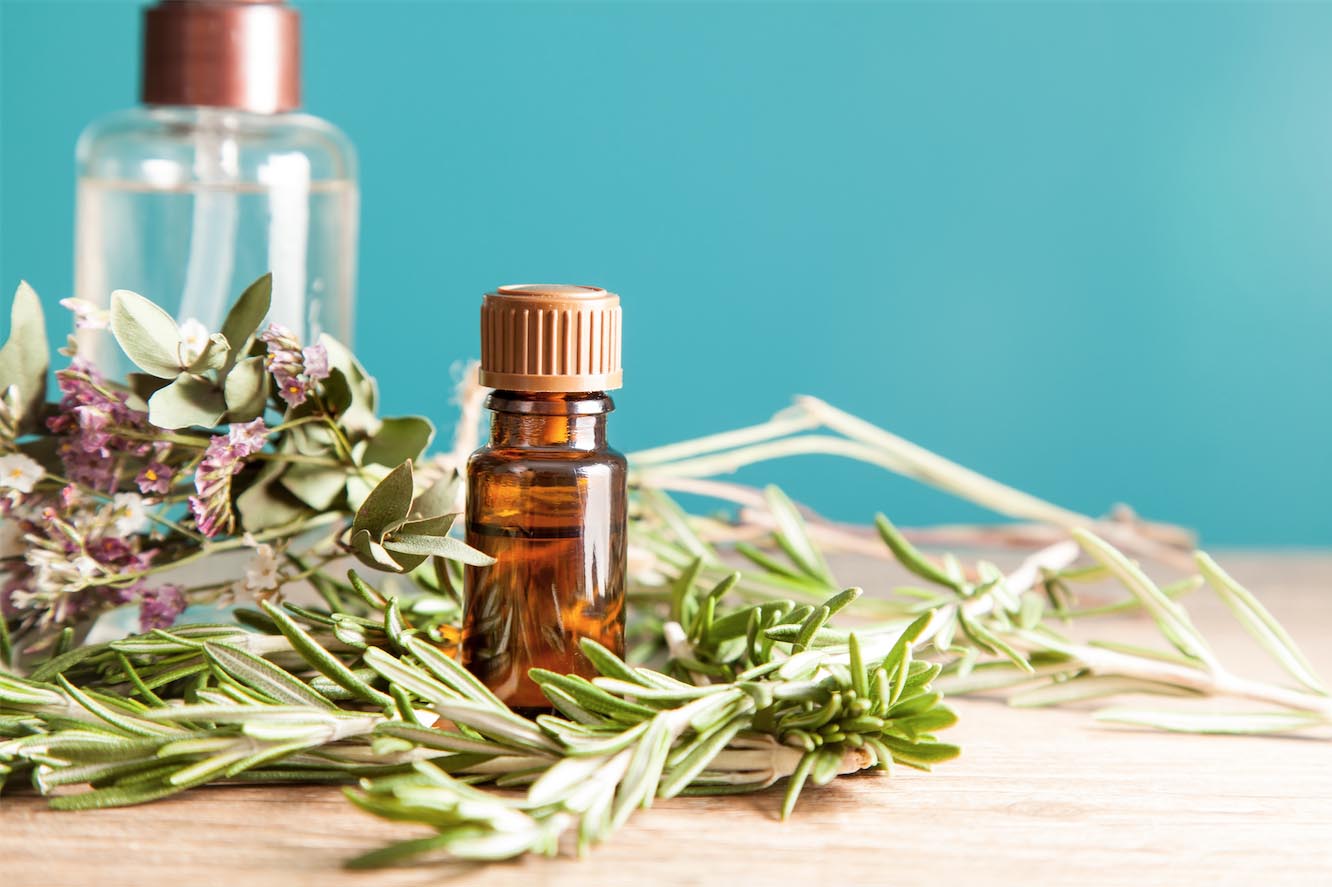
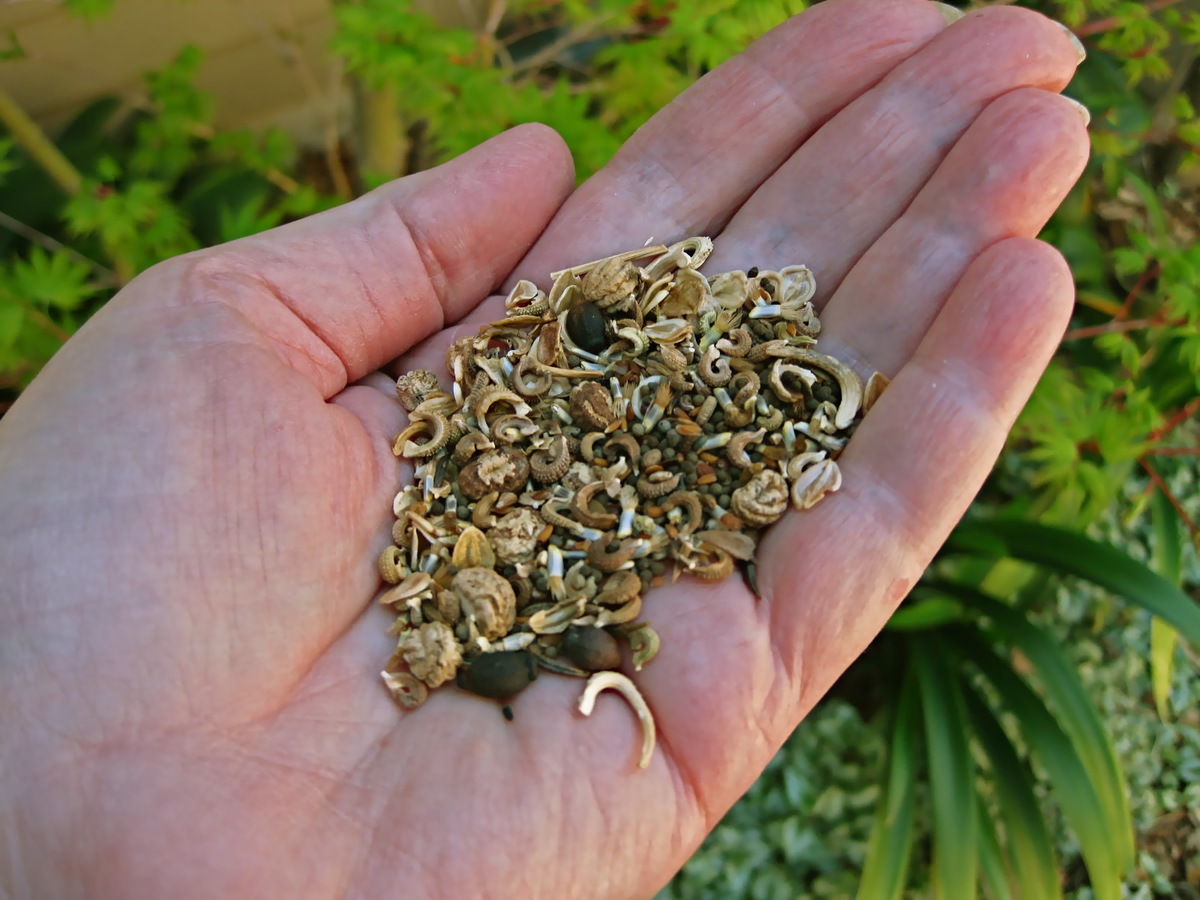
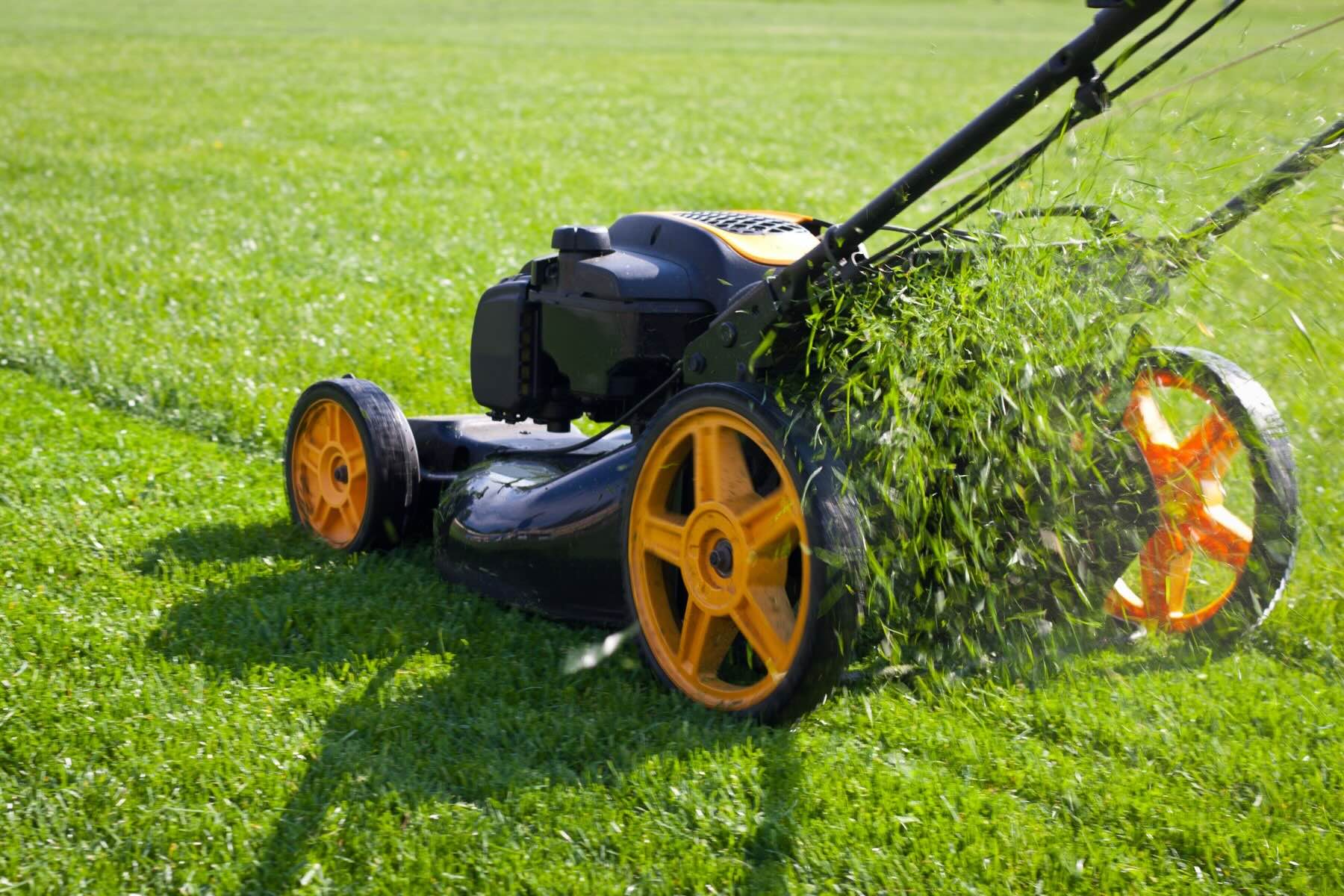

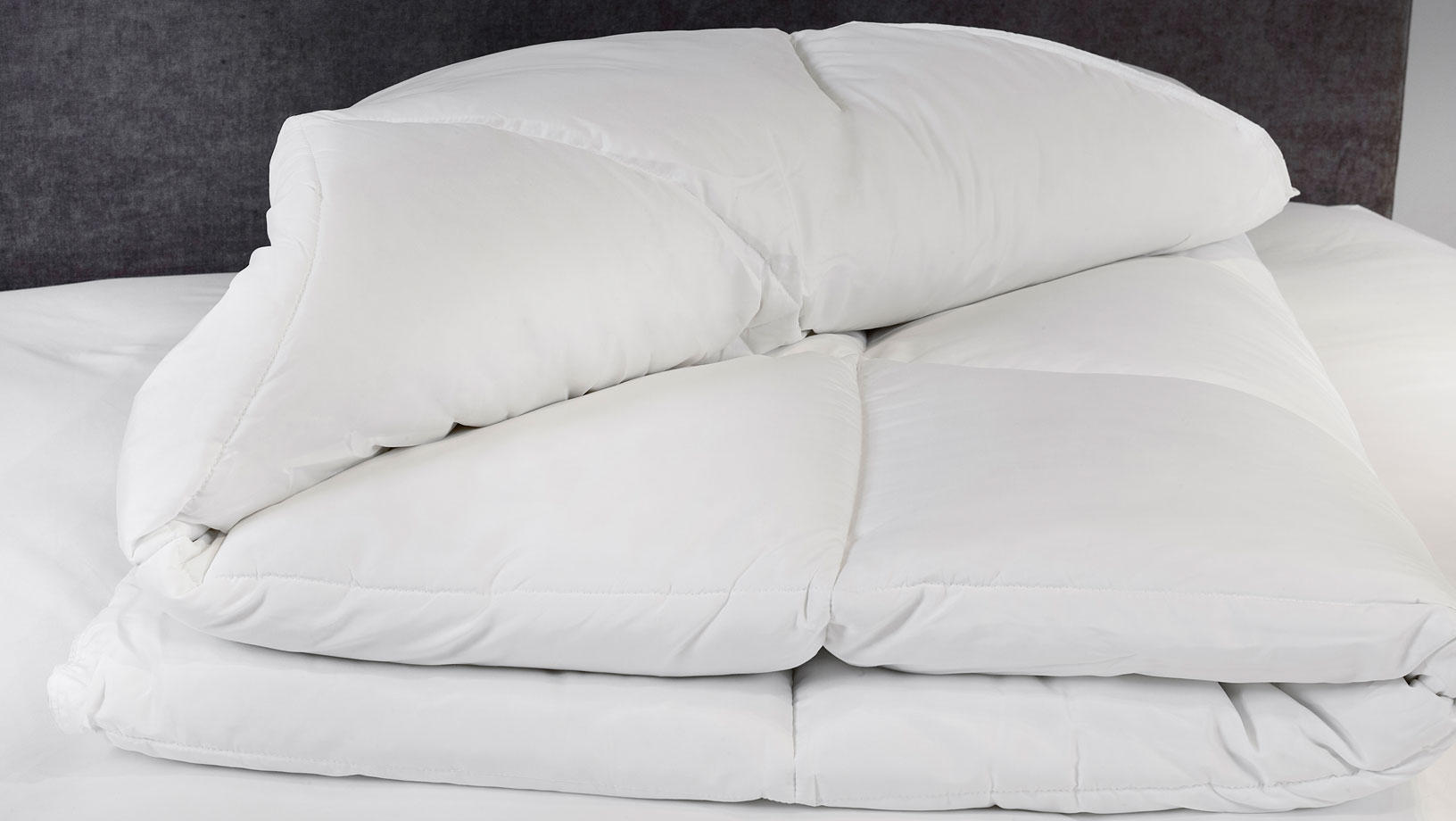

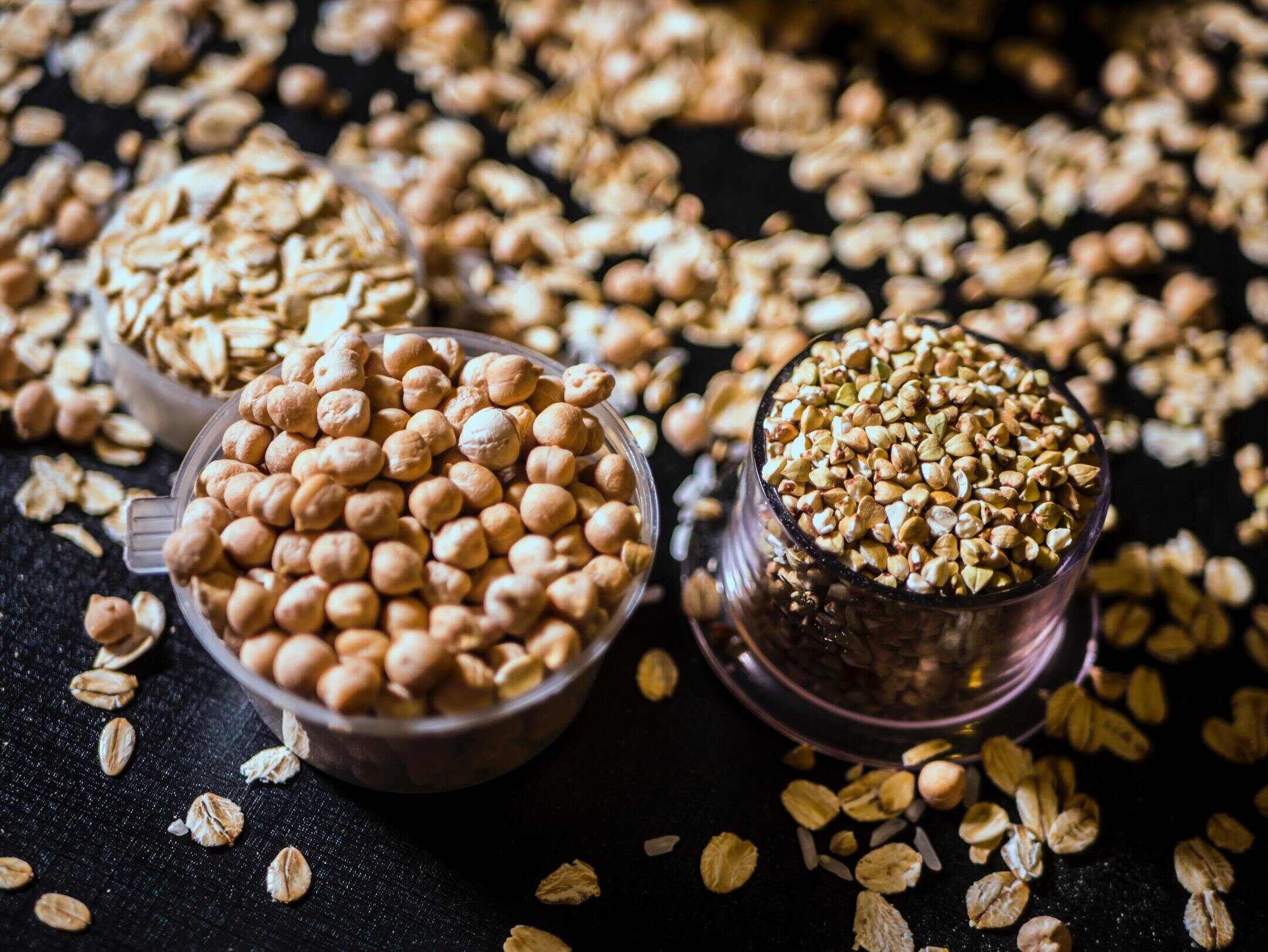
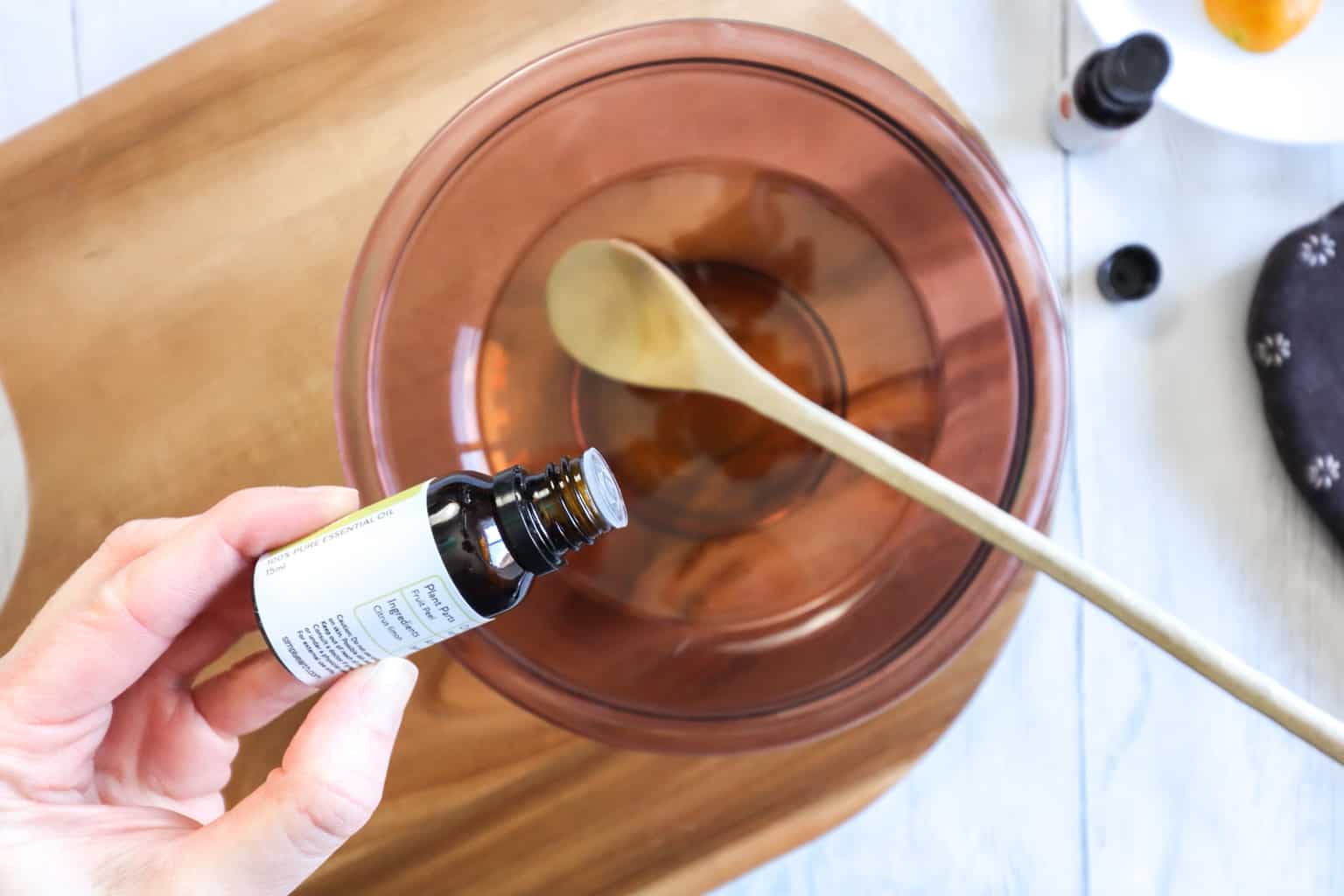
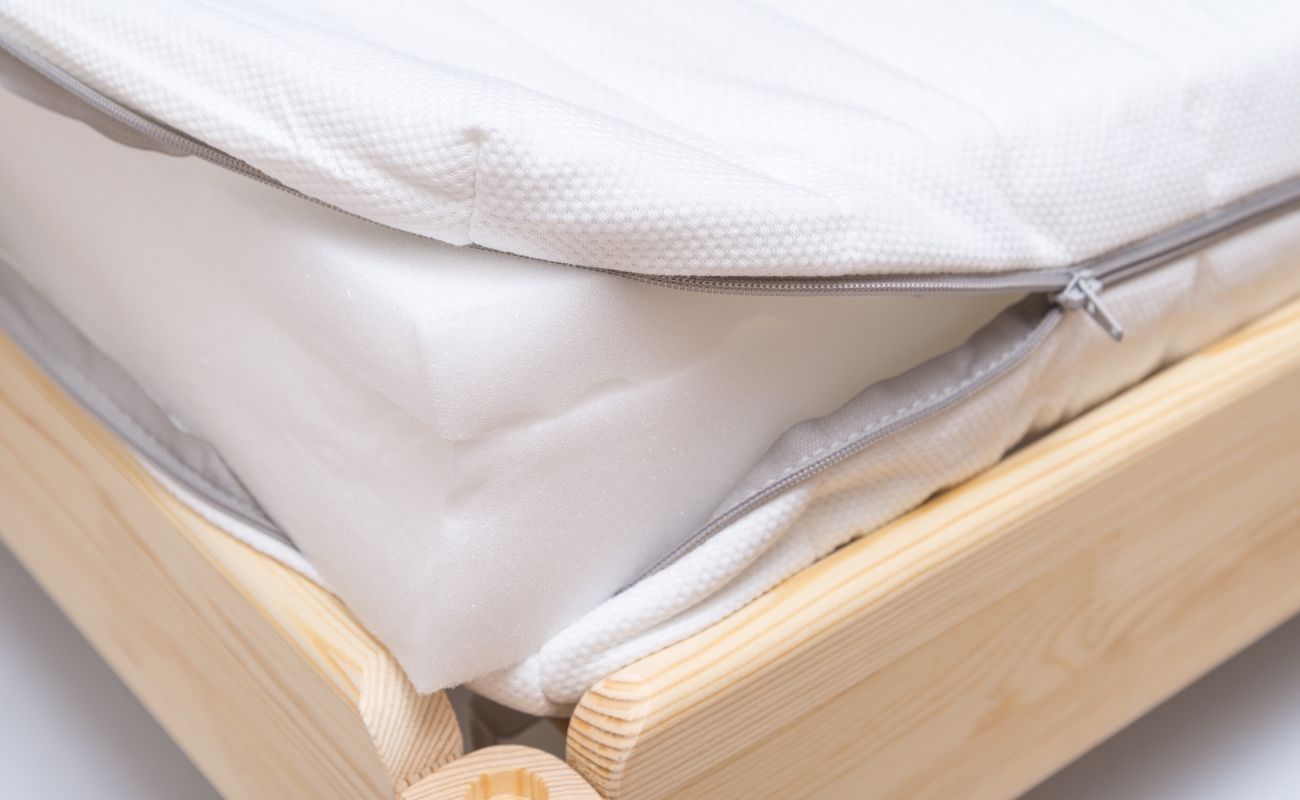
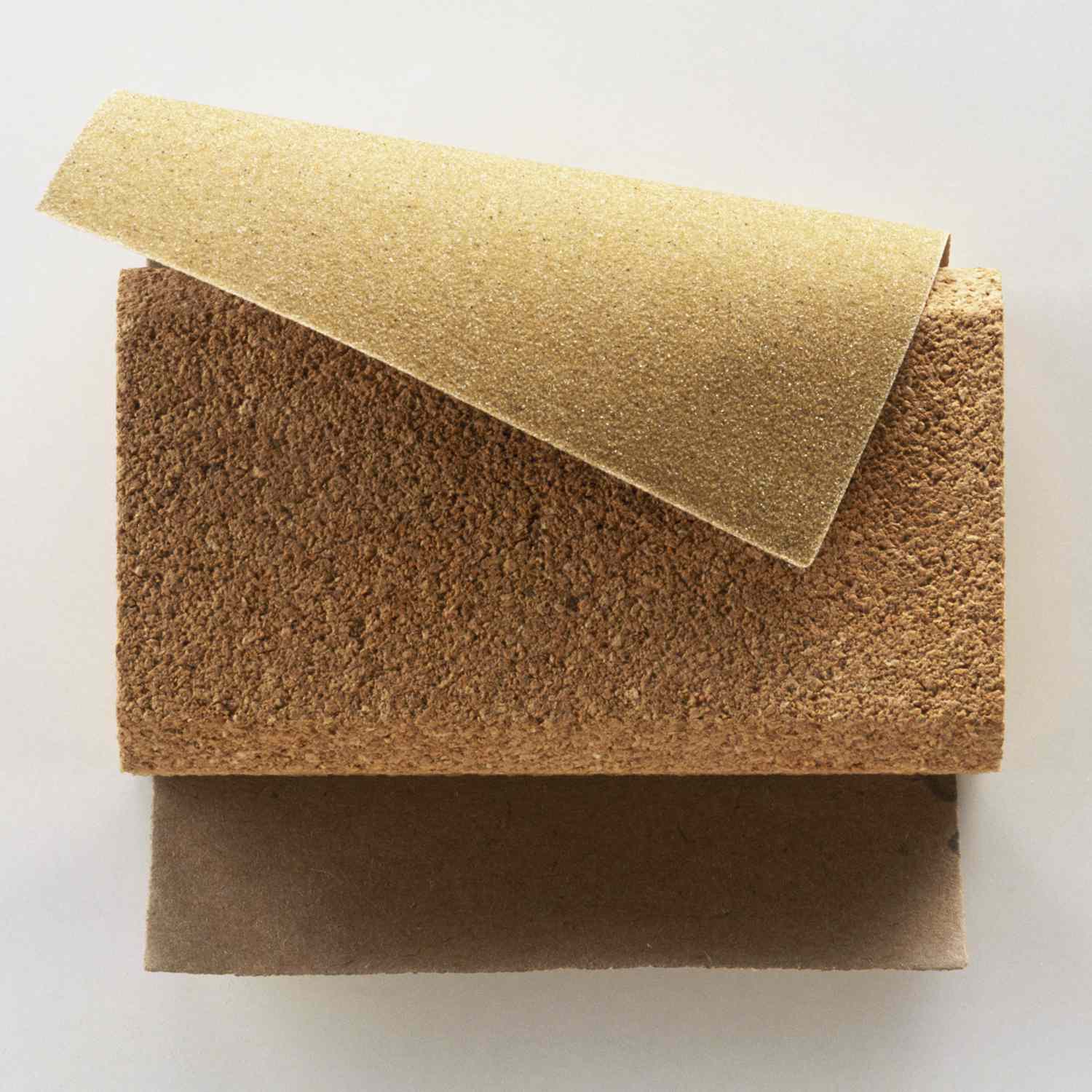
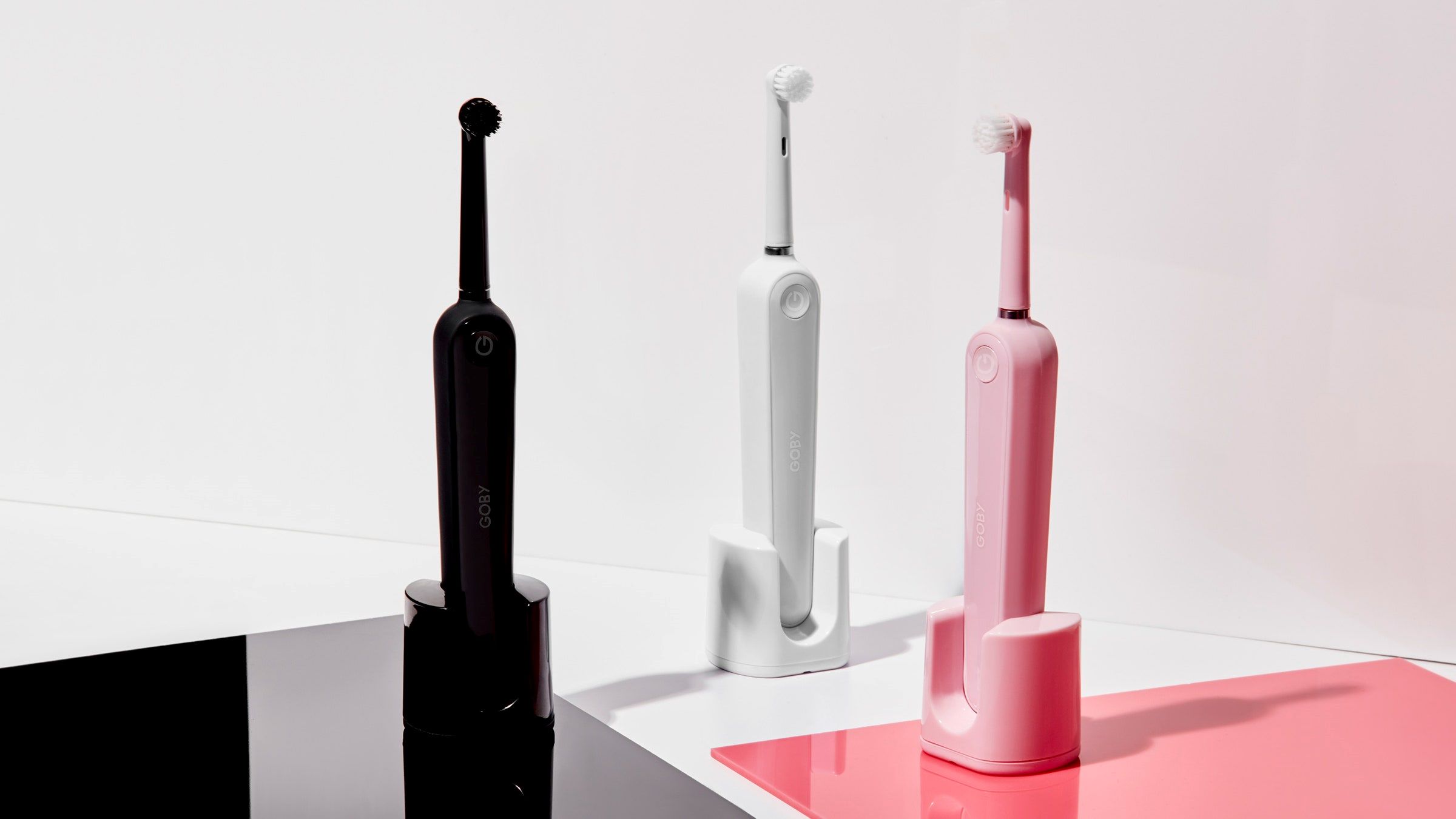

0 thoughts on “How Long Does Wildflower Scented Oil Last”